
The 71st National Film Awards announced in August 2025 is another event which crowns the history of Indian cinema. The awards are prestigious and are presented by the Government of India and directed by the Directorate of Film Festivals and recognize creative excellence in such important aspects as artistic expression, narrative, and technical work in the pan-Indian cinema in as many as the 35 languages spoken in India. These awards this year were not only a celebration of cinematic brilliance but also a sign that there is increased diversity and regional liveliness in Indian story telling.
Importance of the National Film Awards
-
Institutional legacy: Since its inception in the year 1954 these awards are treated as the most valid and objective sign of cinematographic excellence in India.
-
Merit-Based Selection: The films marked by the CBFC with a specified year, and thus are free to be released, are reviewed by jury panels made up of film experts and are transparent and open to all.
-
Cultural Influence: They adhere to the role of Indian cinema as social comments, nation anchoring and cultural identity.
Highlights of the 71st National Film Awards (2025)
|
Category |
Winner(s) |
Film(s) |
|
Best Actor |
Shah Rukh Khan, Vikrant Massey |
Jawan, 12th Fail |
|
Best Actress |
Rani Mukerji |
Mrs Chatterjee Vs Norway |
|
Best Feature Film |
- |
12th Fail |
|
Best Direction |
Sudipto Sen |
The Kerala Story |
|
Best Supporting Actor |
Vijayaraghavan, Muthupettai Somu Bhaskar |
Pookkalam, Parking |
|
Best Supporting Actress |
Urvashi, Janaki Bodiwala |
Ullozhukku, Vash |
Regional Film Excellence
India’s linguistic and cultural diversity found ample representation:
|
Language |
Best Film |
|
Hindi |
Kathal: A Jackfruit Mystery |
|
Telugu |
Bhagavanth Kesari |
|
Tamil |
Parking |
|
Punjabi |
Godday Godday Chaa |
|
Marathi |
Shyamchi Aai |
|
Malayalam |
Ullozhukku |
|
Kannada |
Kandeelu: The Ray of Hope |
|
Gujarati |
Vash |
|
Bengali |
Deep Fridge |
|
Odia |
Pushkara |
|
Assamese |
Rongatapu 1982 |
Awards Thematic and Cultural Trends 2025
1. Critical Recognition of Commercial and Critical cinema
-
An award shared between a mainstream blockbuster Jawan with a realistic and down-to-earth biopic 12th Fail is indicative of the balance between the popular and the artistic narrative taking form.
-
The Kerala Story: A socio-political film, which won the Best Direction, reflects its willingness to tackle controversial subject matter that is effective delivery.
2. Emergence of Regional Narrative
-
The revival of the culturally-grounded locally spoken language films which have a tendency to address the social issues with a lot of emotional content are reflected by the movies such as Ullozhukku (Malayalam), Pushkara (Odia) and Rongatapu 1982 (Assamese).
3. Women-Centric Narratives
-
Doing justice to the title role of Mrs Chatterjee Vs Norway, Rani Mukerji is depicting a new trend of woman-centric, problem films that are raising topics such as justice, being a mother, and wanting the power to take decisions on your own.
4. Technical Excellence
-
Best Sound Design: Animal (Sachin Sudhakaran, Hariharan)
-
Best Cinematography: The Kerala Story (Prasanthanu Mohapatra)
-
Best Direction (Action): Hanu-Man
-
These reflect the increasingly high technical standards of India that now compare in the global standards.
Cultural and Policy Relevance
-
Revival of Regional and Folk Culture
-
National Film Awards is a means of soft power which markets India through:
-
Linguistic diversity
-
Folk traditions and identity of region
-
Cinema in unity of diversity
Media Empowerment
-
More and more there are platforms defending social justice, women and rural and environmental narratives.
-
The responsible cinema that brings change should be awarded, and it fits in with Article 51A (Fundamental Duties) to have scientific temper and spirit of reform.
An economic and Film Industry boost
-
National-level fame boosts international interest, OTT services and tourism to award-winning destinations.
-
The AVGC (Animation, Visual Effects, Gaming and Comics) sector also enjoys the fact that it is possible to nominate the quality of technical work in such categories as VFX, editing, and design.
Conclusion
The 71st National Film Awards was about assimilation of perfection, diversity and innovation in Indian cinema. Being a part of the Indian socio-cultural fabric, which is continually changing, these awards do not only reward creativity but also become the tools of nation-building, coupling, and preservation of culture.



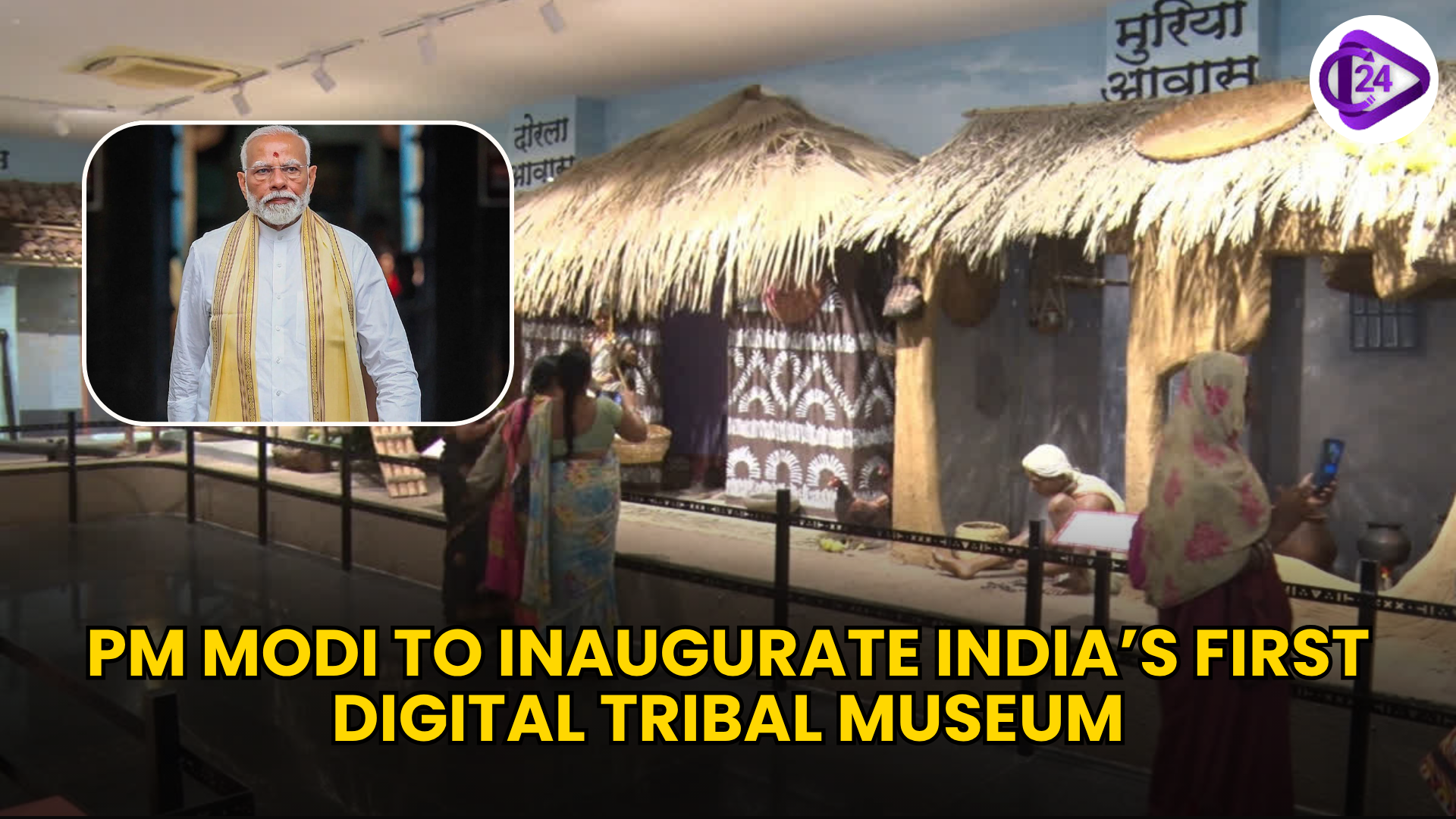 PM Modi to Inaugurate India’s First Digital Tribal Freedom Fighters Museum in Naya Raipur
PM Modi to Inaugurate India’s First Digital Tribal Freedom Fighters Museum in Naya Raipur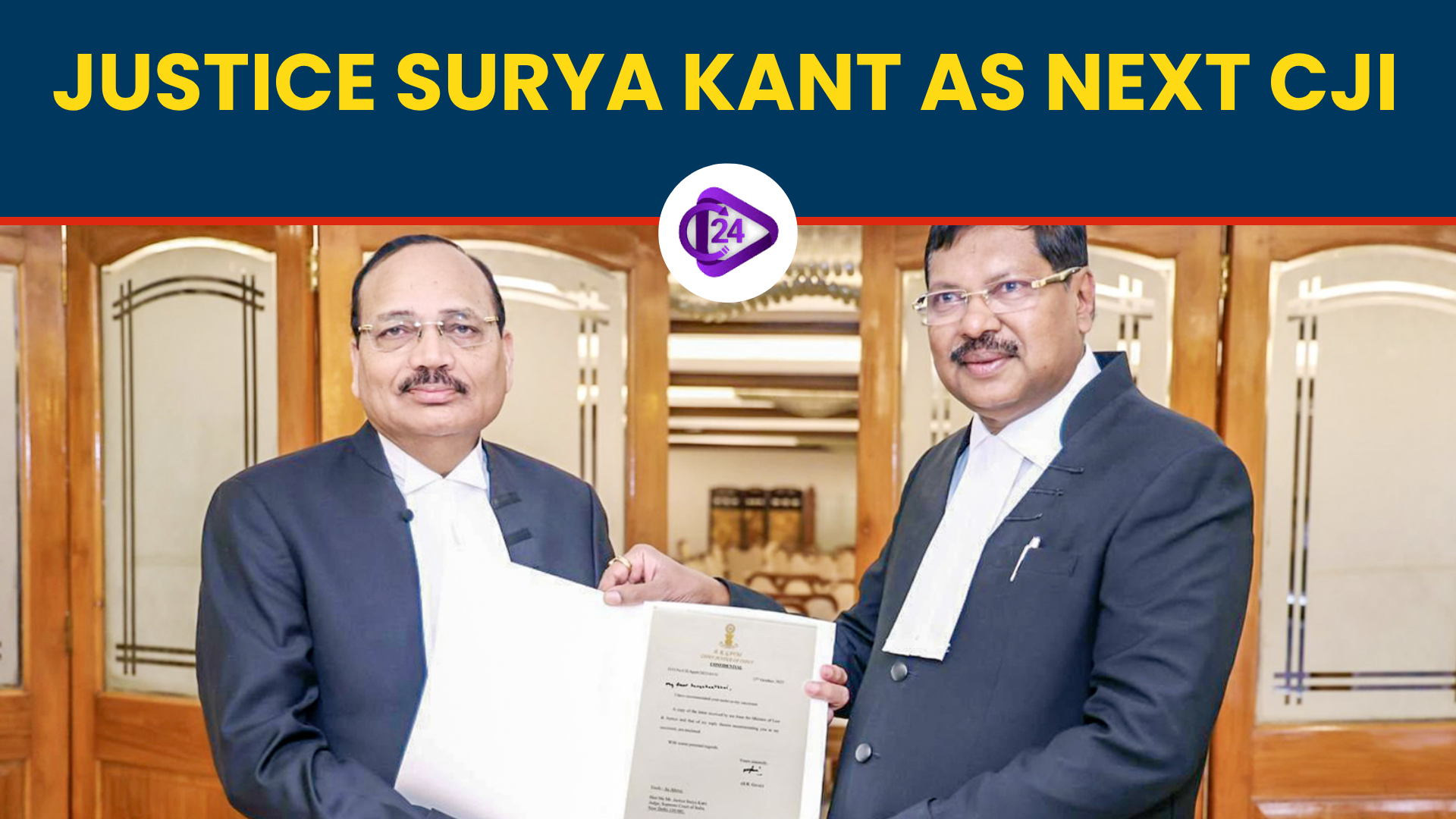 President Appoints Justice Surya Kant as the 53rd Chief Justice of India
President Appoints Justice Surya Kant as the 53rd Chief Justice of India 150th Birth Anniversary of Sardar Vallabhbhai Patel: India Celebrates National Unity Day 2025
150th Birth Anniversary of Sardar Vallabhbhai Patel: India Celebrates National Unity Day 2025 Ministry of Coal Launches Koyla Shakti Smart Analytics Dashboard
Ministry of Coal Launches Koyla Shakti Smart Analytics Dashboard Droupadi Murmu Becomes First Indian President to Fly in Rafale
Droupadi Murmu Becomes First Indian President to Fly in Rafale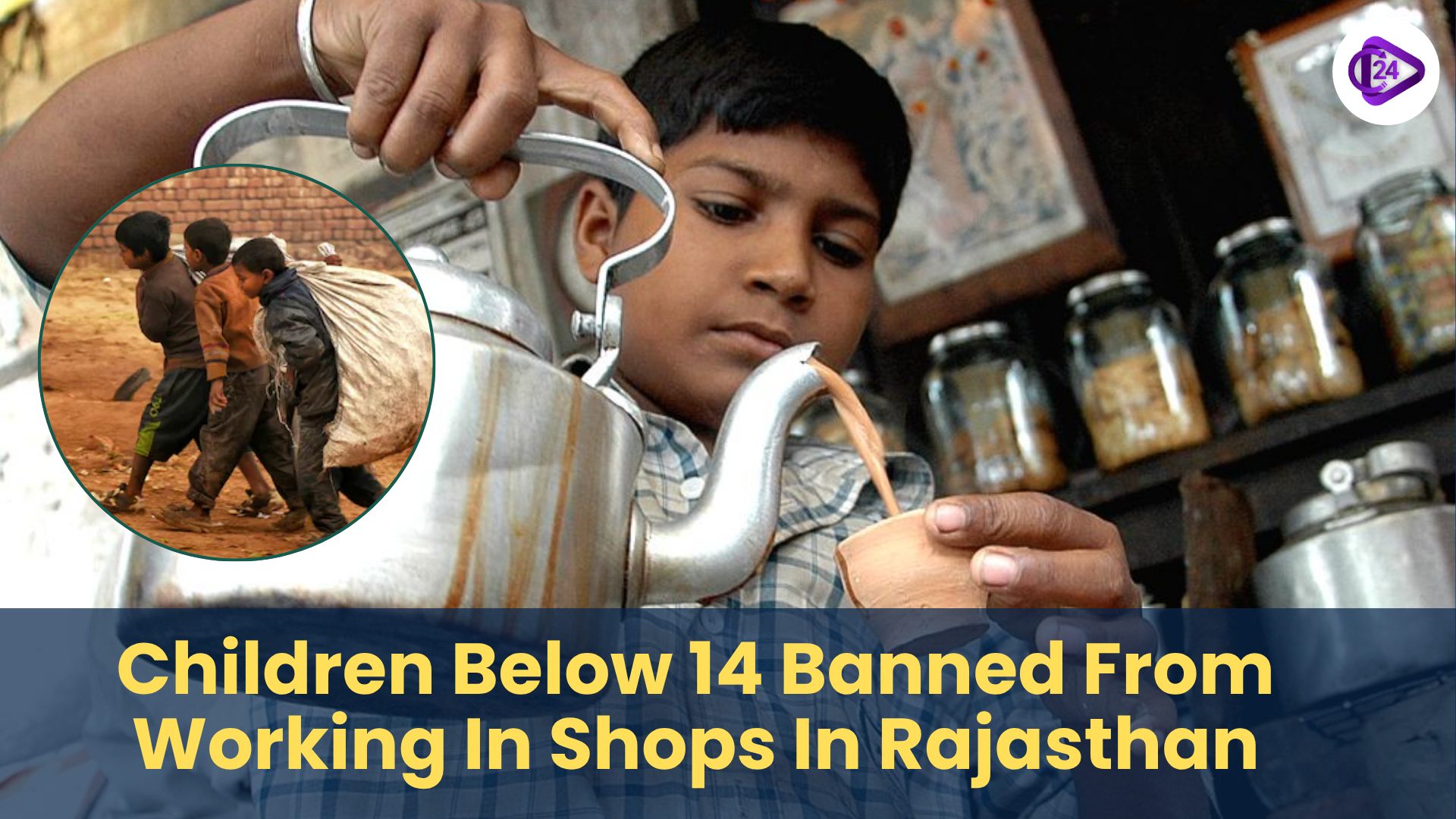 Rajasthan Bans Employment of Children Below 14 in Shops and Commercial Establishments
Rajasthan Bans Employment of Children Below 14 in Shops and Commercial Establishments India's First Glass Suspension Bridge, Bajrang Setu, Will Redefine Rishikesh Tourism by 2025
India's First Glass Suspension Bridge, Bajrang Setu, Will Redefine Rishikesh Tourism by 2025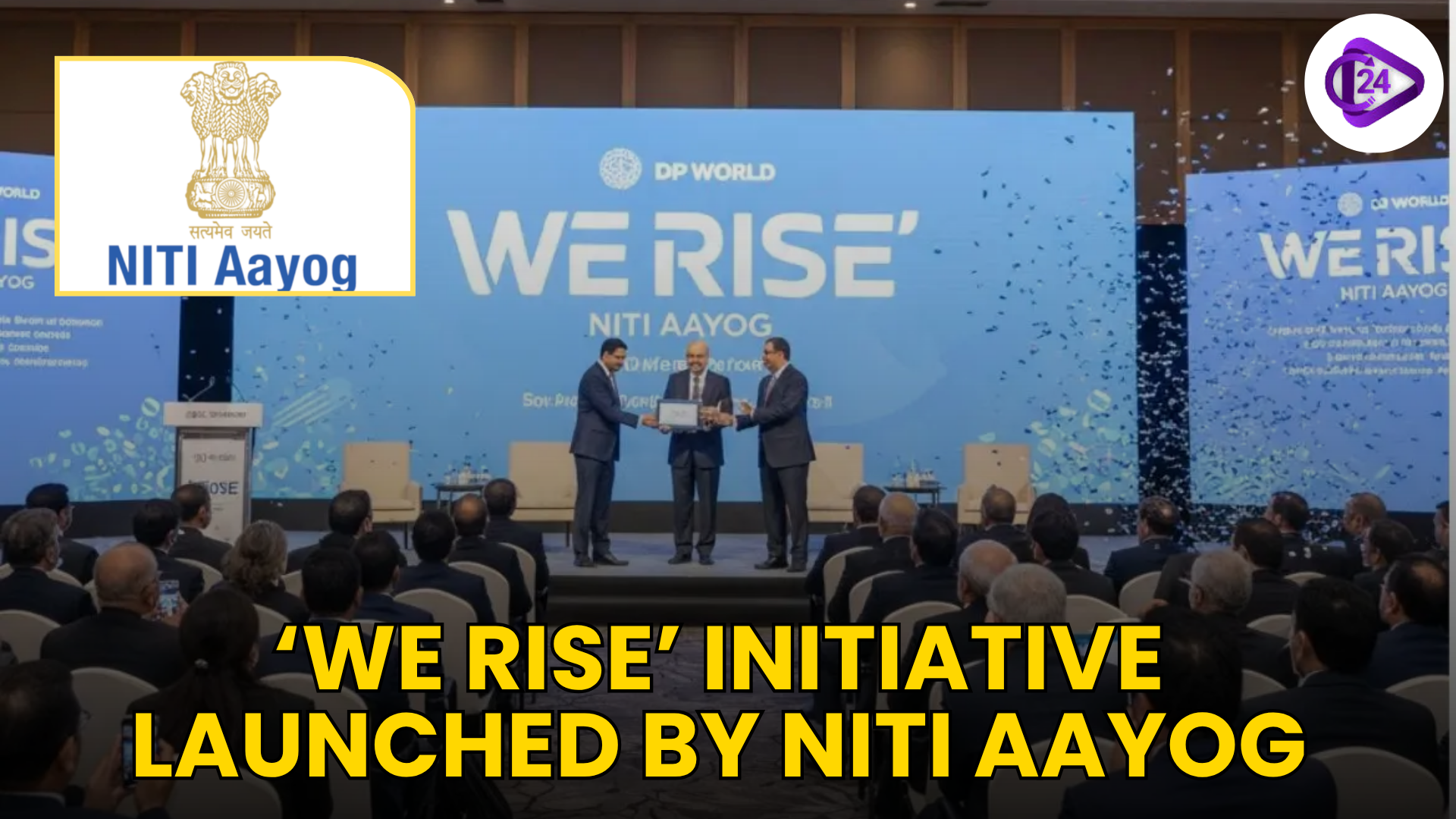 NITI Aayog’s ‘We Rise’ Empowers Women Entrepreneurs
NITI Aayog’s ‘We Rise’ Empowers Women Entrepreneurs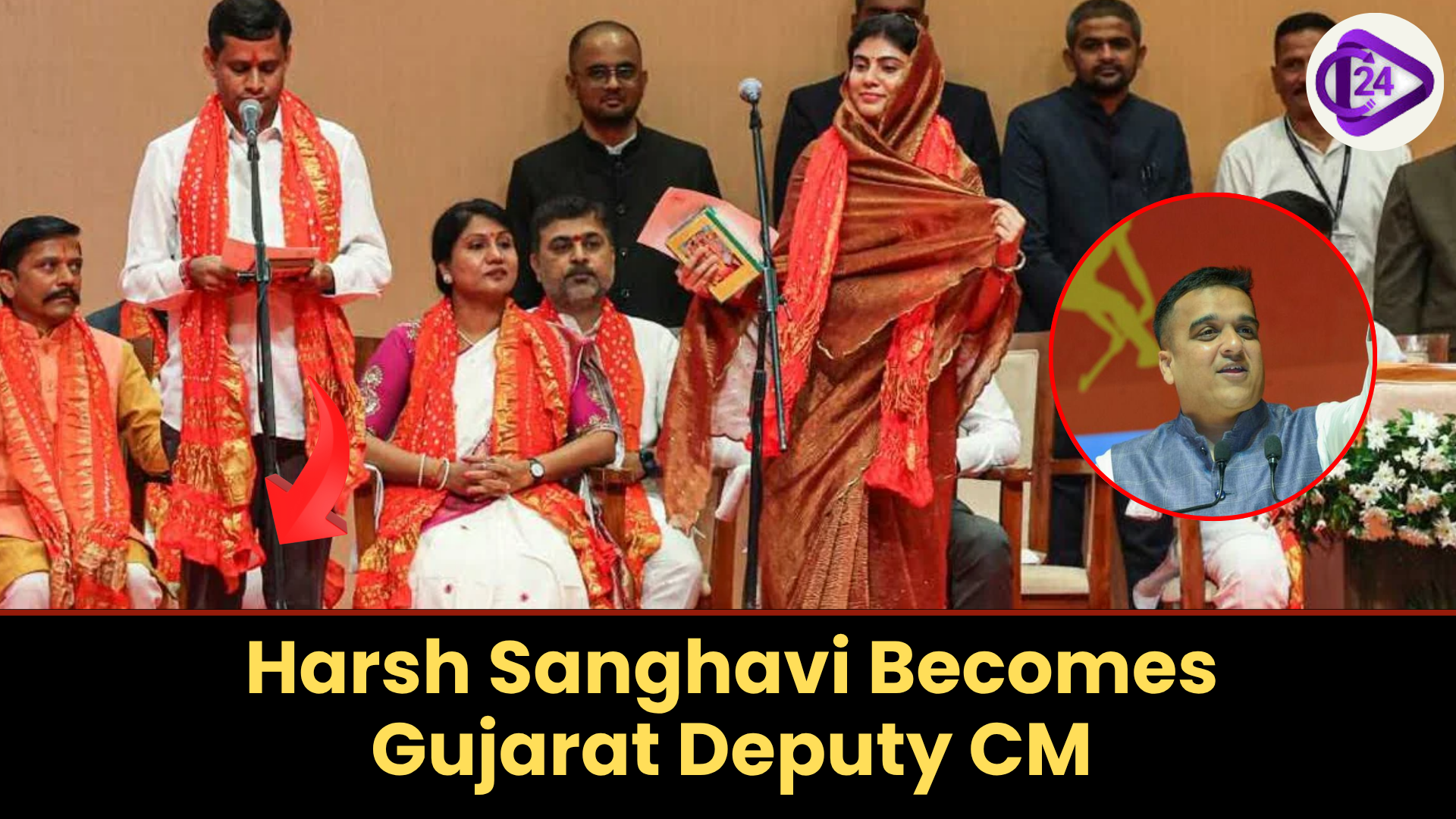 Harsh Sanghavi Appointed Gujarat Deputy Chief Minister in Major Cabinet Reshuffle
Harsh Sanghavi Appointed Gujarat Deputy Chief Minister in Major Cabinet Reshuffle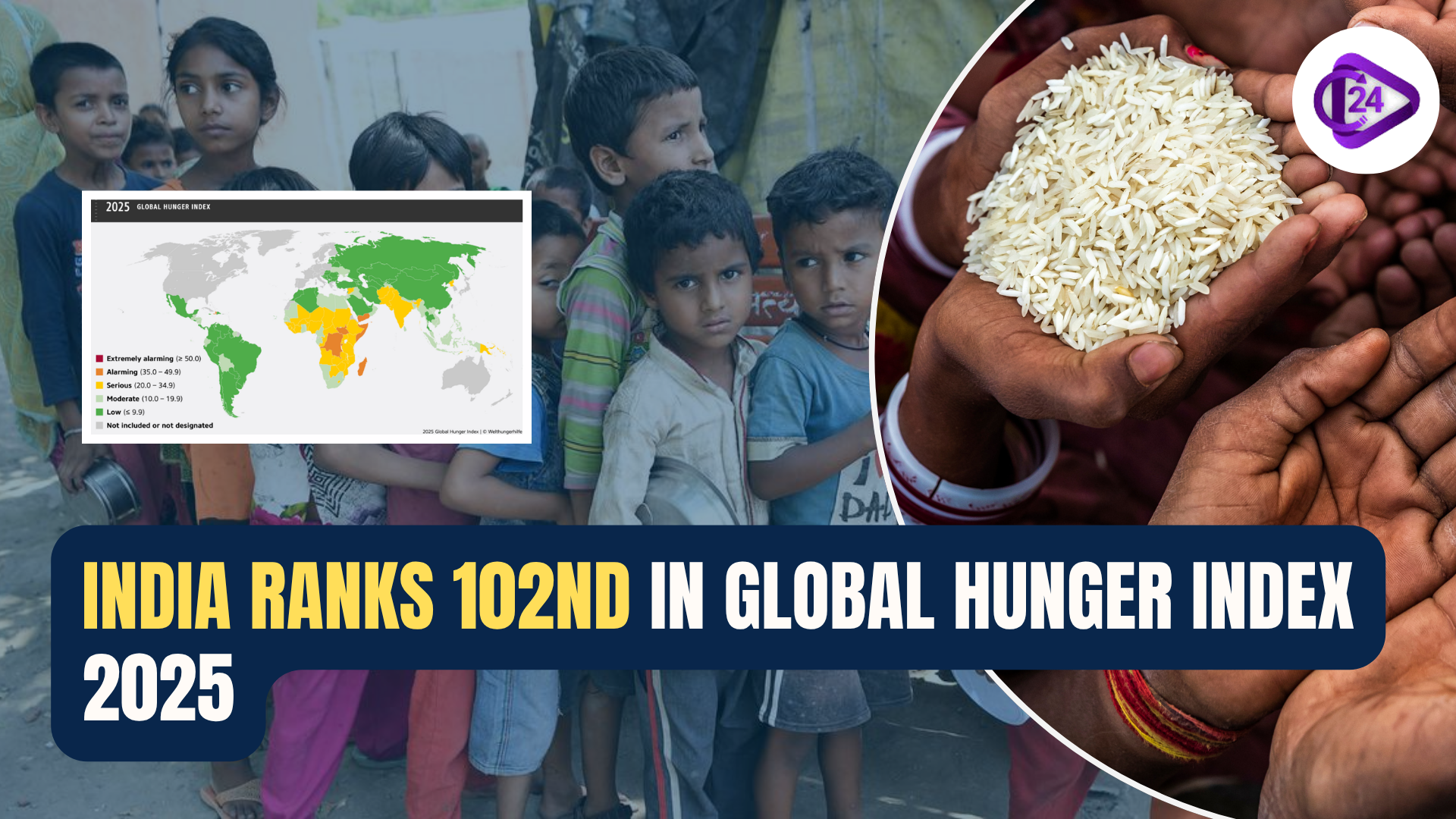 India Ranks 102nd in Global Hunger Index 2025: Hunger Remains a Serious Challenge
India Ranks 102nd in Global Hunger Index 2025: Hunger Remains a Serious Challenge






